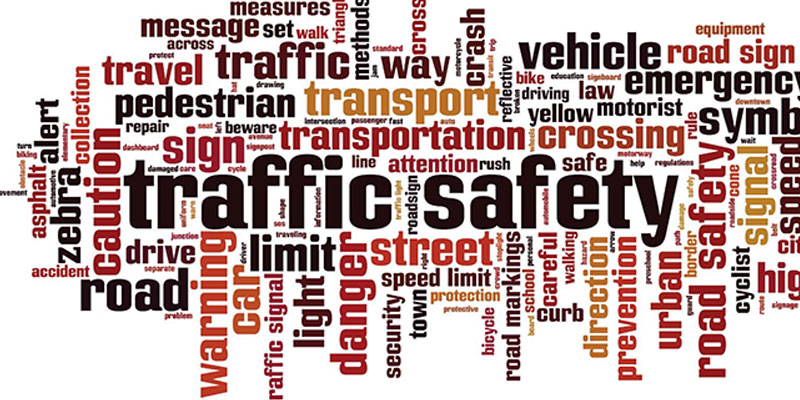CIEACT is an online web tool capable of analyzing and extracting valuable information from crash narratives using text mining techniques. It provides an opportunity to develop multiple models concurrently and analyze the results. CIEACT provides the following major functionalities:
- Real-time Crash Classification Using Developed (default) Model.
- Real-time Model Development & Crash Classification.
- Crash Analysis.
- Result Visualization.
- Result Download.


It gives users the option of training their own models or using a default model that has already been trained. The current version of CIEACT uses a NoisyOR based hybrid (unigram + bigram) classifier for both the default model and the training of a new model. Currently, the default model is applicable for wok zone crash classification. CIEACT was tested both offline and online using different types of electronic devices. During the testing process, the tool showed satisfactory performance with all designed functionalities working properly. A case study was also conducted to evaluate the functionality of a custom model that allows users to train their model in real time.
CIEACT can assist in extracting valuable information from narratives, recovering missed crashes, and reviewing the results in both tabular
and spatial contexts. The tool can help to analyze crashes and implement new policies to enhance structural data quality and determine effective safety measures.
Warning: This is a demonstration version of CIEACT tool. If the processing or waiting time exceeds 30 seconds after clicking the “Run models”, the tool will display a “Application error” message . To avoid this, please use a smaller dataset.
Latest Version: September 30, 2021
- View project to learn detail about the project.
- View technical report of the project that provide examples of how CIEACT can be used to extract critical information from crash narratives and analyze crashes.
- View help in the CIEACT to learn how to use the tool.
- View publication that used the classification method of CIEACT to analyze crash narratives.